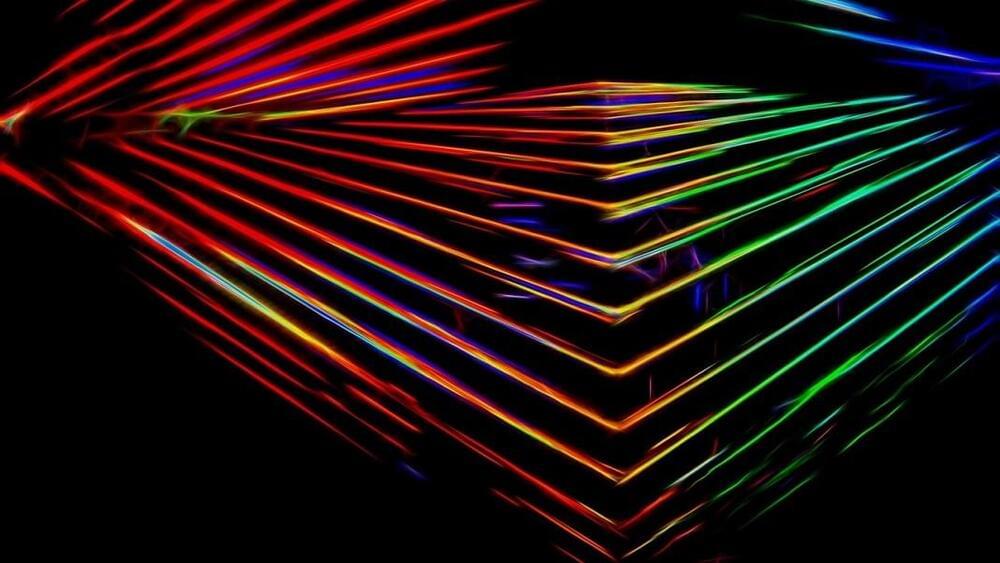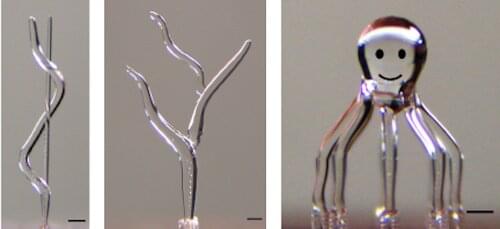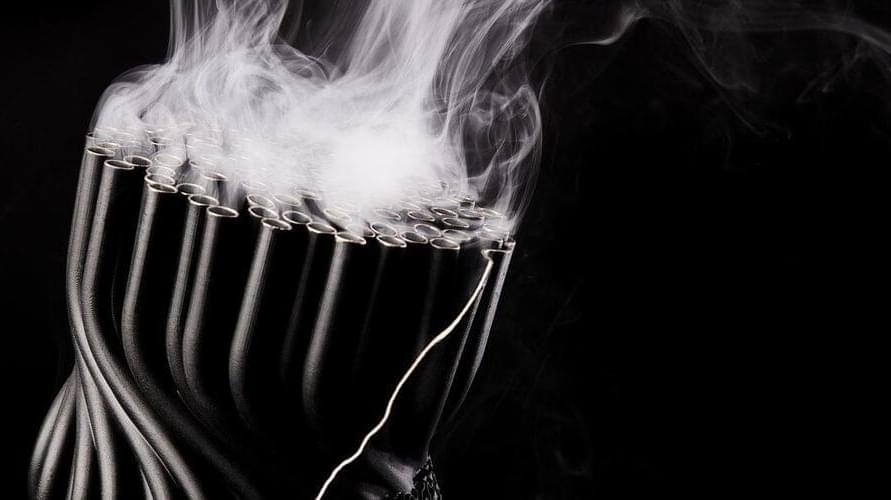❤️ Check out Runway and try it for free here: https://runwayml.com/papers/
📝 The paper “3D Face Reconstruction with Dense Landmarks” is available here:
https://microsoft.github.io/DenseLandmarks/
🙏 We would like to thank our generous Patreon supporters who make Two Minute Papers possible:
Aleksandr Mashrabov, Alex Balfanz, Alex Haro, Andrew Melnychuk, Benji Rabhan, Bryan Learn, B Shang, Christian Ahlin, Eric Martel, Geronimo Moralez, Gordon Child, Ivo Galic, Jace O’Brien, Jack Lukic, John Le, Jonas, Jonathan, Kenneth Davis, Klaus Busse, Kyle Davis, Lorin Atzberger, Lukas Biewald, Matthew Allen Fisher, Michael Albrecht, Michael Tedder, Nevin Spoljaric, Nikhil Velpanur, Owen Campbell-Moore, Owen Skarpness, Rajarshi Nigam, Ramsey Elbasheer, Steef, Taras Bobrovytsky, Ted Johnson, Thomas Krcmar, Timothy Sum Hon Mun, Torsten Reil, Tybie Fitzhugh, Ueli Gallizzi.
If you wish to appear here or pick up other perks, click here: https://www.patreon.com/TwoMinutePapers.
Chapters:
0:00 — Teaser.
0:19 — Use virtual worlds!
0:39 Is that a good idea?
1:28 Does this really work?
1:51 Now 10 times more!
2:13 Previous method.
2:35 New method.
3:15 It gets better!
3:52 From simulation to reality.
4:35 “Gloves“
5:07 How fast is it?
5:35 VS Apple’s ARKit.
6:25 Application to DeepFakes.
Thumbnail background design: Felícia Zsolnai-Fehér — http://felicia.hu.
Károly Zsolnai-Fehér’s links:





